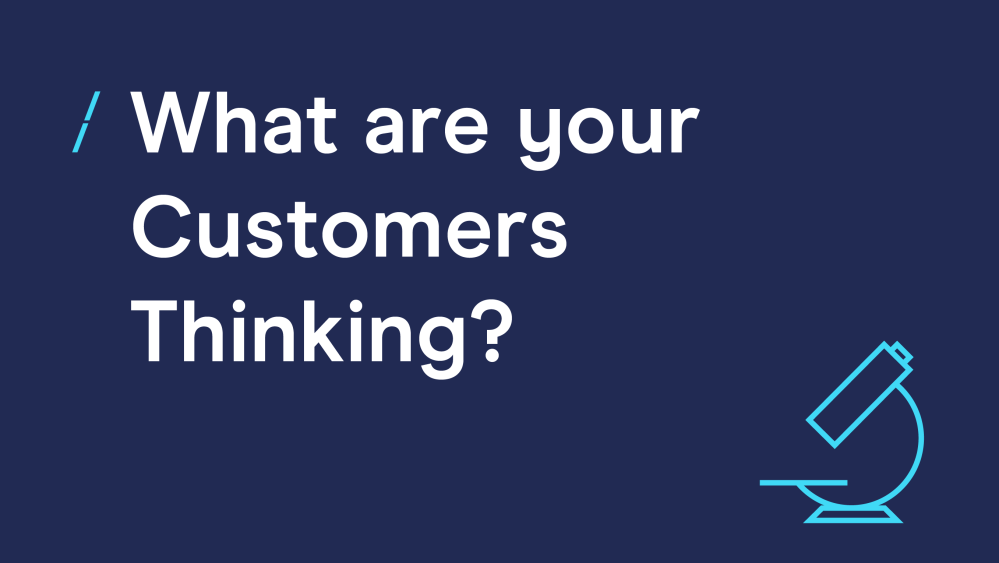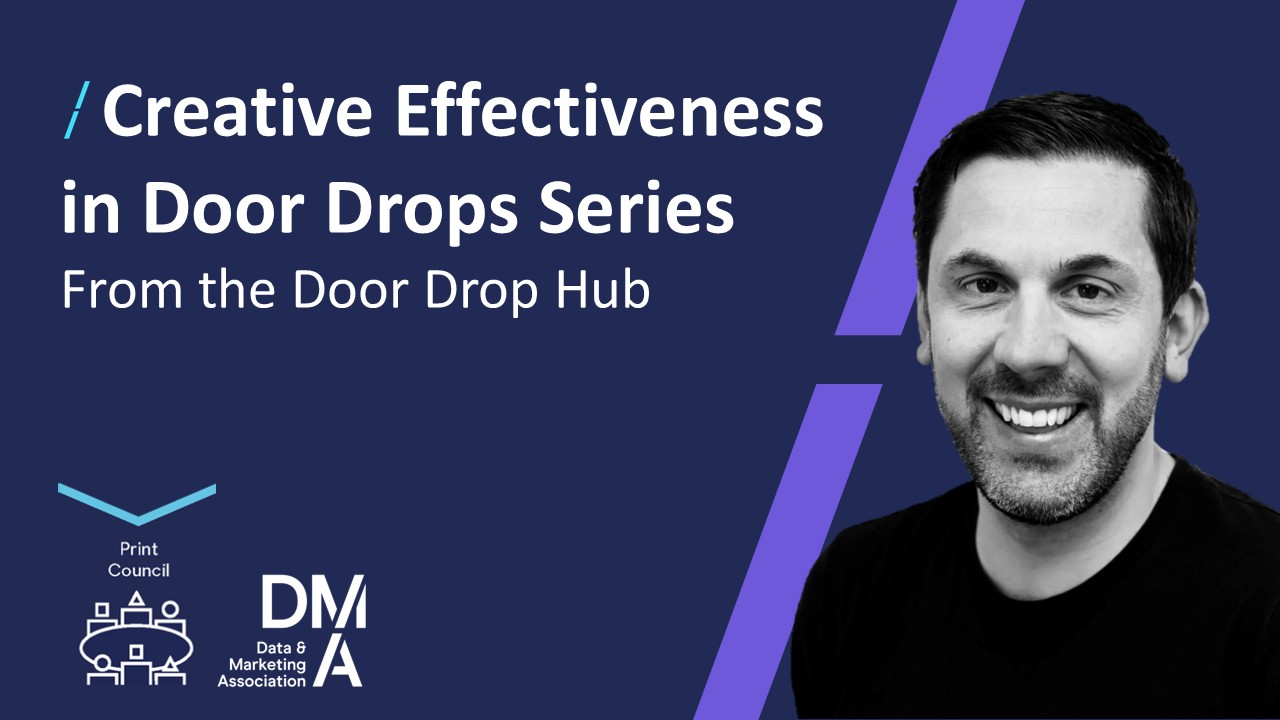What are your Customers Thinking?
20 Aug 2019

"The trouble with market research is that people don't think how they feel, they don't say what they think, and they don't do what they say."
David Ogilvy
It isn't math.
It isn't a hard science.
But Behavioural Economics can be the answer to your business woes if you're particularly struggling to understand the quirky irrationality of your customers.
First things first, a definition:
''Behavioural Economics is the study of psychology as it relates to the economic decision-making processes of individuals and institutions.''
Decades-old but newly fashionable, this chimaera-discipline can help in generating reliable and practical ideas while enhancing creativity.
Many psychologists and economists are fascinated by the synergy of the two disciplines. From these, we recommend a few books written by those considered to be founders of Behavioural Economics:
- Daniel Kahneman with Thinking, Fast and Slow
- Richard H. Thaler and Cass R. Sunstein with Nudge: Improving Decisions about Health, Wealth, and Happiness
- Dan Ariely with Predictably irrational
Need + (Matching) Product ≠ Sale (Sorry!)
The Homo Economicus is just a dream (or just boring, your choice).
Ultimately, there is no ubiquity, consistency, or rationality to customer buying behaviour.
Every day, marketers deal with the unstoppable flow of changing needs and moods that lead to the creation of new brand strategies. These are designed to catch their customers' attention (and, when necessary, please them too).
If you are thinking about people's propensity for making better decisions, we agree, data is a very fair answer to this dilemma, and indeed we have handy insights on the matter.
But data and Excel sheets aren't enough.
Once the data is clean and neatly organised, it's all about the glasses you decide to wear.
In our opinion, it's worth trying on the Behavioural Economics pair for size.
If you're looking to shed some light on your customers' irrationality, keep your eyes peeled for the next instalment of our mini-series, live on Friday 23rd August.




Please login to comment.
Comments